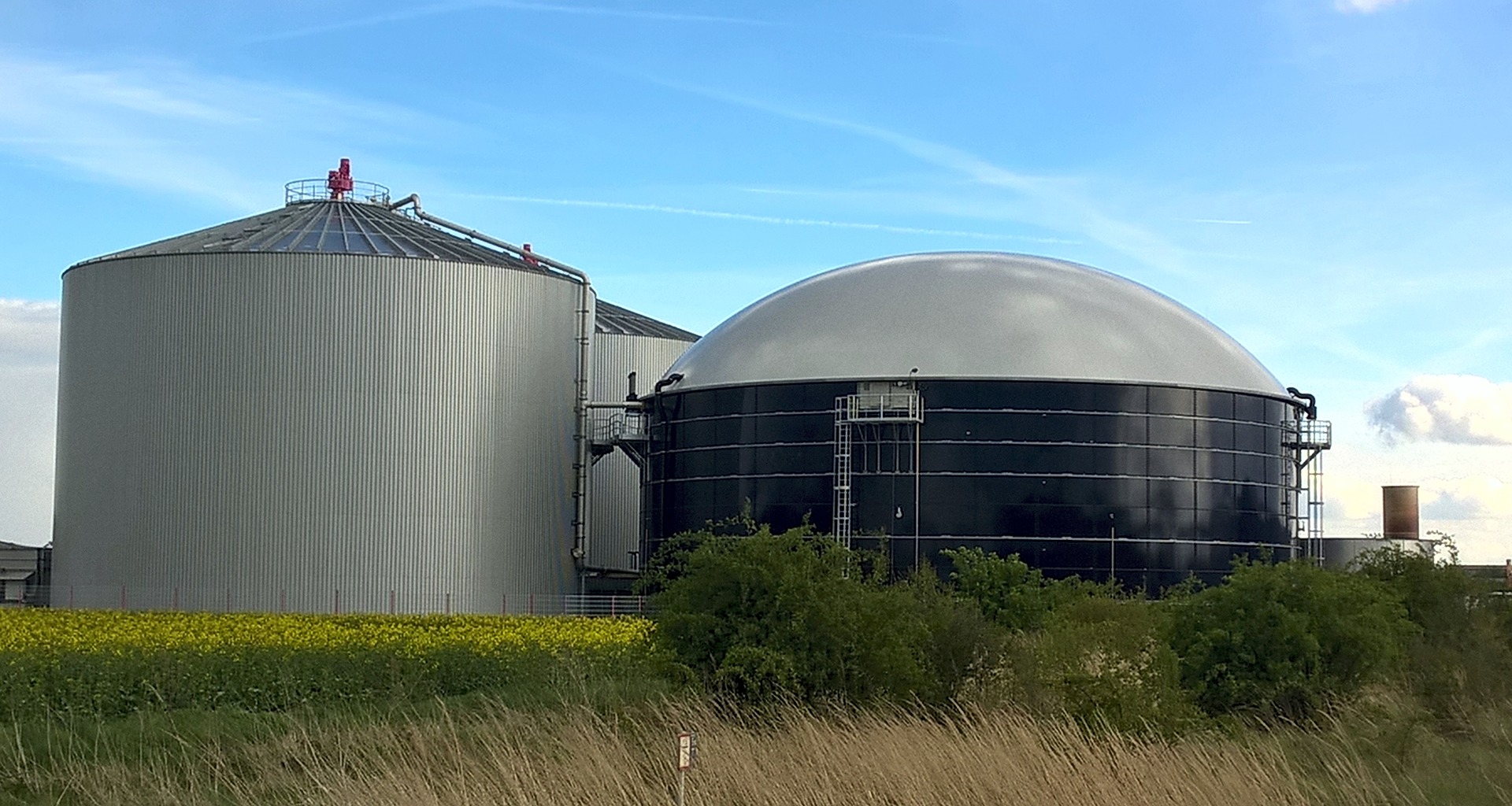Abstract
The Central Market of Buenos Aires generates in residual biomass per day the equivalent of a metropolitan city, at the same time that it consumes a large amount of daily electrical energy mainly used in food preservation and in the marketing process. Argentina established as an objective through Law 27.191 that by 2025 20% of the national energy matrix must come from non-fossil sources. We will analyze the potential generation of electrical energy from the residual biomass generated per month, making a comparison between Gas Pyrolysis and Anaerobic Biodigestion, determining the economic feasibility of both, in order to promote a sustainable and cyclical use of the productions foods that enter the market daily.

